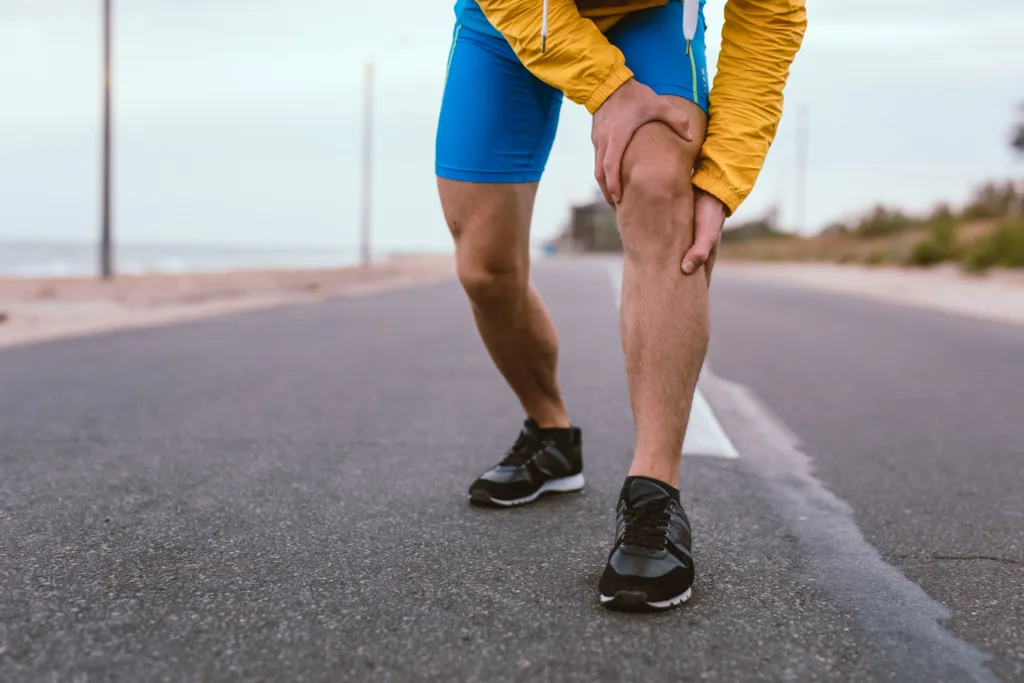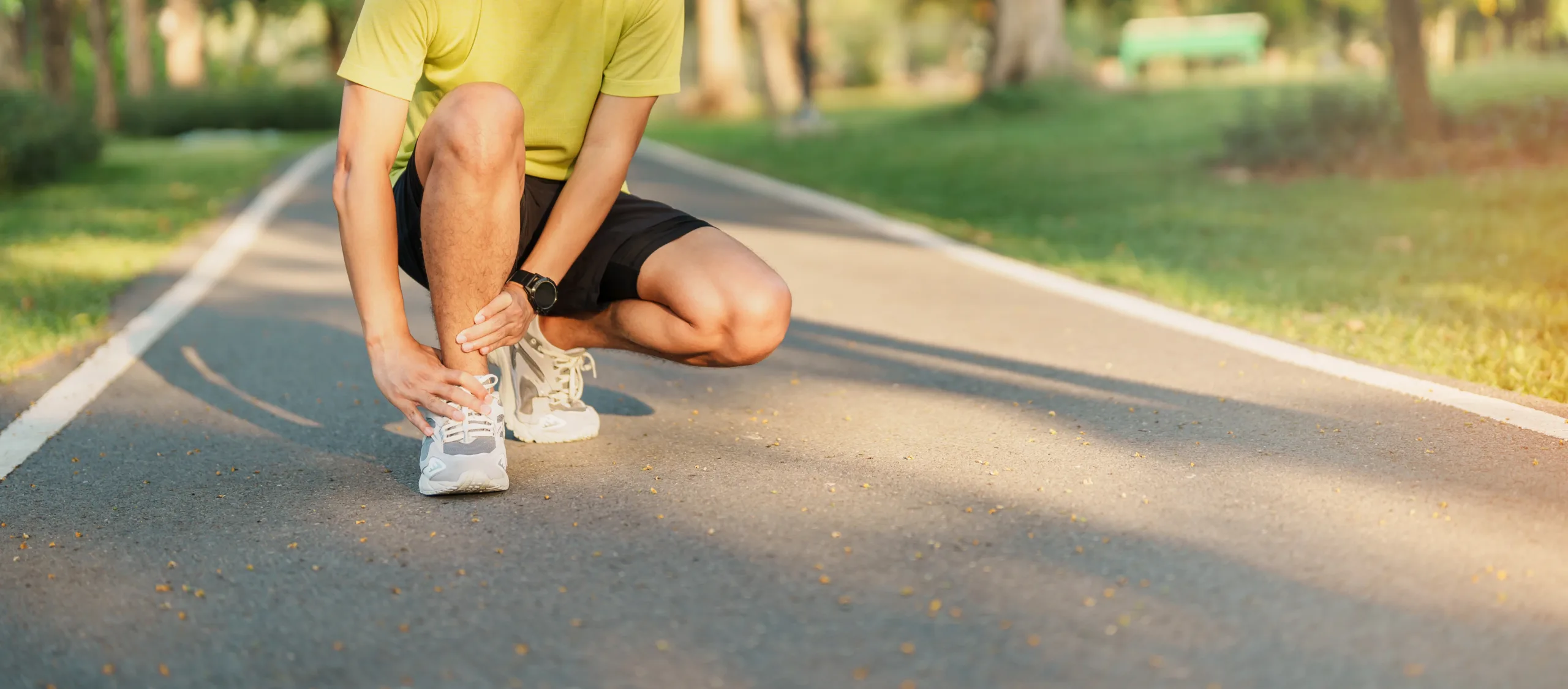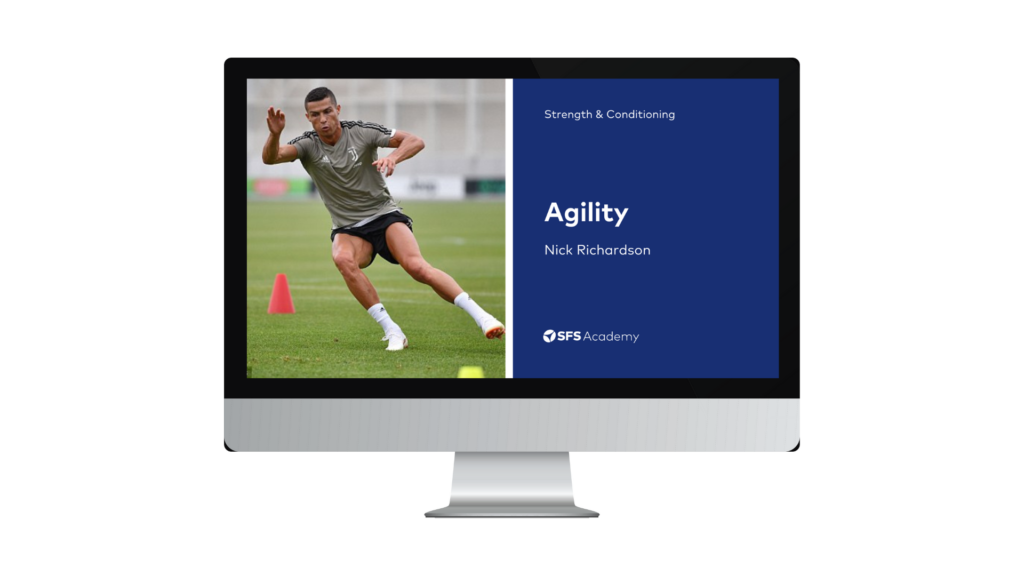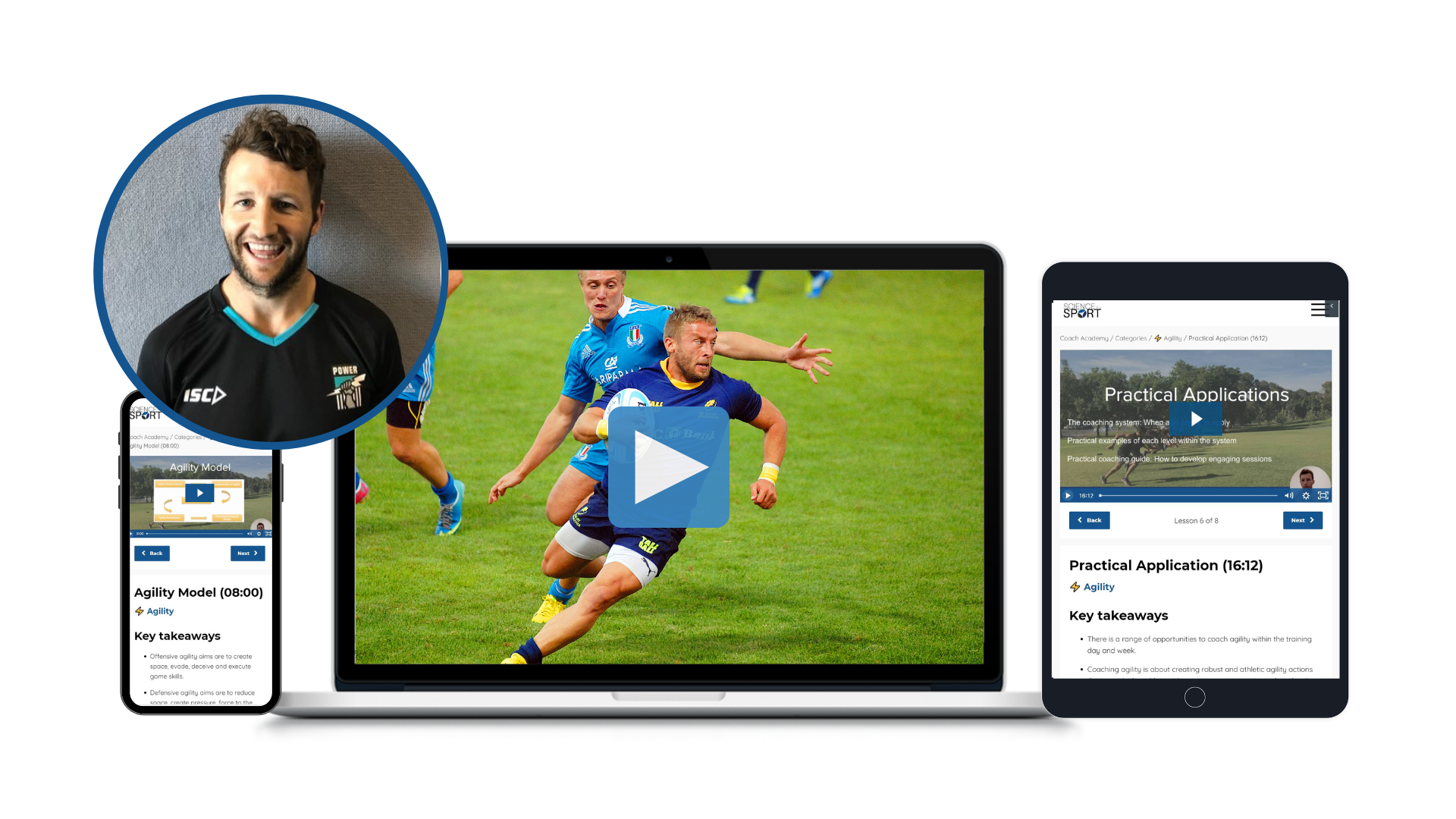About this Episode
In episode 137, Siobhan Milner, Strength & Conditioning Coach, joins us.
Specifically Siobhan will be looking at:
- The role of pain
- How pain works physiologically
- Pain without symptoms
- How to deal with pain using science
Is your brain tricking you into more pain than necessary? It’s possible, and you can find out why by delving into the crazy world of pain science.
Pain is part of everyone’s life, especially athletes who can easily pick up bumps, knocks, and injuries.
In order to work out how athletes can use pain science to hack their brains and adjust the impact pain has on their lives, we invited Siobhan Milner on to the Science for Sport Podcast.

Milner is a Strength and Conditioning Coach with the Dutch Olympic team, having completed a master’s in rehabilitation science.
It’s her background in rehabilitation science that we wanted to tap into, plus of course how she applies that science in the real world with elite athletes.
Before we kick off with all the important pain science, it’s important to establish exactly what pain is, because everyone’s perception of it varies.
“There’s an updated definition from the International Association for the Study of Pain. They define it as an unpleasant sensory and emotional experience associated with or resembling actual or potential tissue damage,” Milner said.
Note that vague association with tissue damage, it’s not all about cause and effect, but more on that later.
How does pain work? Well, it turns out you’re making it up. That’s not to say that it doesn’t exist, but that your brain forms the concept of pain in relation to stimulation.
“We have nociceptors throughout the body. And what they do is they sense changes to temperature, pressure, chemical, and mechanical stimuli,” Milner said.
These have been traditionally called pain receptors, however, as you can see above, that’s not entirely accurate.
“So pain receptors don’t actually exist. This is something that is kind of a misnomer for nociceptors,” Milner said.
Following so far? So these Nociceptors detect changes in the body (not pain) and send signals to the brain.
“That information is interpreted, then it’s then sent back to the spinal cord and nerves to upregulate or downregulate pain,” Milner said.
That seems pretty simple to me, so what makes this all so complex? Well, it turns out that the processing part of your brain can play tricks on you.
“What happens is the brain is interpreting how much protection is needed, and that can be context-specific,” Milner said.
Unfortunately, the brain can interpret things poorly. This means that some people experience high levels of pain for relatively small stimuli, or even lingering pain despite no physical tissue damage.

So how on earth does that happen? Well, there’s some interesting research that looked at how our situation and mental state can impact pain.
One study looked at how participants responded to the same stimulus (hand plunged into cold water) while viewing a red or blue light. Those viewing the red light experienced more pain than those viewing the blue light, likely because they expected it to be hot.
“Anything that makes you feel unsafe will potentially up-regulate pain and anything that makes you feel safer will potentially down-regulate pain,” Milner said.
How does this transfer to the sporting world? Well, the way an athlete interprets a situation could be massive in their response to pain or injury.
“This is why when an athlete stressed when there’s something else going on in their life, you might also see things like old injuries seem to flare up even though nothing’s happening at a tissue level,” Milner said.
With this in mind, it’s important to ensure athletes have a positive supporting environment and access to good pain (re)education.
This could mean reading up on the topic or listening to the full podcast with Milner to hear how she helps athletes improve their pain perception in the real world.
In the podcast Milner details how she helps athletes reintegrate back into the gym after an injury or lingering pain, that’s essential listening for anyone involved in the injury rehabilitation process.




